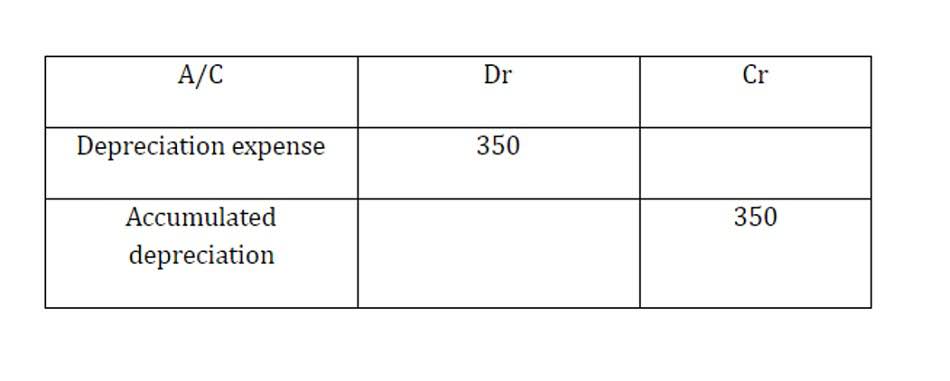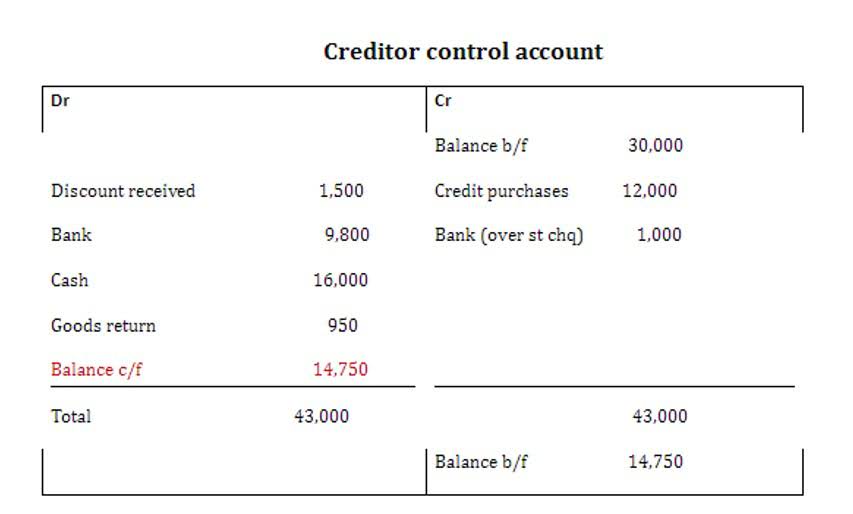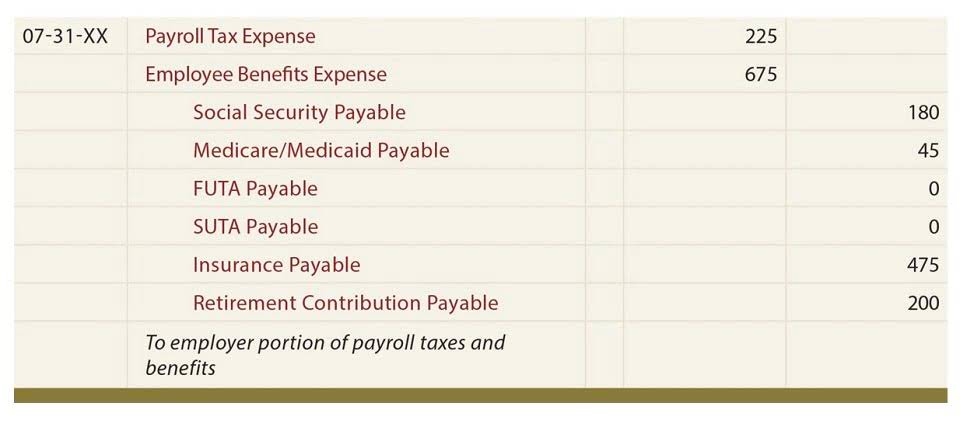Small Business Calculators Bankrate com
This profit figure provides John with valuable insights into the financial performance of his business. He can use this information to evaluate the effectiveness of his business strategies, make informed decisions about expansion or investment, and plan for future growth. Unlevered Free Cash Flow (UFCF) measures operational funds that exist preceding debt costs, including interest payments. The calculation reflects the available cash that belongs to both equity and debt holders through a metric that helps evaluate operating effectiveness and money-generation capability. Here we go with the seven essential cash flow formulas every business should know.
Profit and loss statement template
- A simple interest or compound interest method is used on a business loan to calculate interest.
- A Sales Tax Calculator determines the total cost of a purchase by adding the applicable sales tax to the base price.
- If you’re unsure about calculations, using a cash flow calculator can simplify the process and ensure accuracy.
- This calculator helps determine your company’s break-even point, the amount of revenue you need to generate to cover your fixed and variable costs.
- Business loans may not be the best option for every business.
While managing a business comes with enough challenges, dealing with numbers does not make it any easier. Thankfully, online calculators help with the process, making financial planning more straightforward. Similar to bond or real estate valuations, the value of a business can be expressed as the present value of expected future earnings. Here we have a business calculator fictional business, “Summit Tech Solutions,” with annual revenues of $500,000. Initially, Summit Tech had a strong debt-to-income (DTI) ratio of 20% and an excellent credit score of 800. With these favorable conditions, lenders would likely offer a maximum loan of $240,000 — almost half the company’s annual revenue.
Business loan calculator
Don’t forget to check out our videos on YouTube and become part of our group chat by following the Guinness World Records WhatsApp channel. These formulas help track liquidity, assess operational efficiency, and ensure that companies are prepared for future challenges. Easily calculate drop-off rates and learn how to increase conversion and close rates. Complete our business plan template to connect with investors, and find new opportunities to grow. Get insights into your business performance with our cashflow statement in Excel. Review your company’s financial position with our balance sheet template in Excel.
Car Finance Calculators
The Profit Margin Calculator helps businesses see how profitable they are. It shows the percentage of revenue that’s profit by comparing sales and costs. Just enter total sales and costs, and you’ll quickly see your profit margin, which is useful for pricing and planning. This calculator helps determine the rough estimate of ROI when onboarding to HubSpot. After inputting average monthly visits, leads, and sales price per customer, this calculator outputs an estimated dollar amount increase after using HubSpot for one year. This one will specifically come in handy when proving to execs that inbound marketing and HubSpot is worth the investment.
See our full list of calculators by topic
This calculator will help you measure current sales close rates, assign dollar values to each of your major lead sources, track monthly lead generation by channel, and commit to a monthly lead goal. Growth marketers know that conversion rate optimization is critical to an inbound marketing strategy — thus the need to prove all A/B tests pass with statistical significance. Business banking without the high rates, hidden charges, and monthly fees. Pay employees and vendors, get paid and manage your cash flow overseas — in one place.
Entreprenuer.com’s Email Marketing ROI Calculator
Cash Flow Margin shows how efficiently a company converts sales into cash. A higher percentage indicates stronger cash flow relative to revenue. The guide presents seven key cash flow formulas accompanied by explanations and examples. Any business needs sufficient cash flow to remain operational. A sound cash flow system enables operational efficiency and on-time financial transactions that support enduring business development.
- The guide presents seven key cash flow formulas accompanied by explanations and examples.
- Don’t forget to check out our videos on YouTube and become part of our group chat by following the Guinness World Records WhatsApp channel.
- Using business calculators effectively is crucial for obtaining accurate results.
- Despite showing good debt management, lenders would still view the company as less creditworthy due to its lower credit score.
- In short, UFCF shows the company’s ability to generate cash, regardless of how it is financed (via debt or equity).
Those who run the budget at companies must ensure return on investment from every activity that they put dollars behind — otherwise you wouldn’t have resources to do your job. Trouble is, solidifying those resources and proving they’ll be worth the investment can definitely be a challenge. All-in-one business account to send and receive multiple currencies with the real exchange rate. Faster reconciliation Connect currency accounts to Xero or QuickBooks in real time to save time on manual admin. Whether opening a new business bank account or switching providers, comparing accounts is an essential part of the process. Assess your business’s financial buffer by analyzing its capacity to endure fluctuations in sales and expenses.







.jpeg)
.jpg)
.png)
.jpeg)
.jpg)










